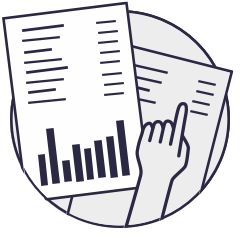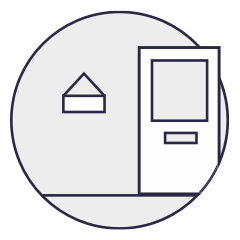The Employment Allowance
If you are a business owner with a workforce, the Employment Allowance is a way of you reducing your National Insurance contributions by up to £3,000. Whilst new regulations regarding this are expected to be introduced in 2020, till then these same rules apply, and the deduction is therefore still available to all businesses that qualify.
One such requirement is that the company is already paying Class 1 National Insurance. This means that employees such as freelancers and contractors who normally pay Class 2 and Class 4 National insurance will not be eligible for the Employment Allowance. Whilst these groups are unable to apply for Employment Allowance, they may be subject to other forms of allowance or tax breaks, and therefore employees in these areas, as well as the employers who use them, are recommended to check with HMRC regarding this. Other exceptions to the Employment Allowance include:
- Personal domestic employees who are employed by you rather than your company, such as a personal nanny or grounds person
- Services provided to the public sector or a public body, such services include I.T. consultations
As you can see, there are only a few exemptions to the Employment Allowance, meaning the majority of businesses will be able to claim this allowance. Whilst not particularly large, the allowance is none-the-less a legitimate benefit available for your business and therefore one you should do your best to try and claim.
Employment Allowance Rules
As this is an allowance, all businesses eligible will be able to use the £3,000 threshold every tax year. The Employer National Insurance rate is charged at different rates according to the total annual salary. For example, if a company has just one employee who earns £22,000 a year, that person’s total National Insurance payments for the year will be approximately £1,870. As this figure falls below the £3,000 threshold, the company will not be required to pay any Employer National Insurance for that tax year. It should be noted that the £3,000 Employment Allowance threshold is per business, not employee. The current rules surrounding the Employment Allowance are scheduled to change in 2020, with the Employment Allowance from this date only being offered to smaller-sized businesses. This means that any business with an annual Employer National Insurance bill of more than £100,000 will no longer be able to claim the Employment Allowance. Therefore, if you currently claim the Employment Allowance, you will need to check with your accountant as to whether you will still qualify for it when the new regulations come into effect. If you do not have an accountant but still wish to see whether you will qualify, you are advised to contact HMRC directly – this can be done via their website or on the telephone.
How to claim the allowance
If you wish to see whether your business is eligible for the Employment Allowance, HMRC provide some guidelines on their website. In general, the majority of businesses can claim this, so it is definitely worth taking the time to check. If you wish to claim Employment Allowance, you can click the option to use it when using your company payroll software to submit your Employment Payment Summary to HMRC. If successful, the amount should be taken automatically from your company’s National Insurance contributions. If you are unsure as to whether you qualify or have qualified, and you have not yet received the allowance, you are advised to contact HMRC who will help solve any problems you may have.
Who is eligible for the Employment Allowance?
The Employment Allowance is provided by the government as a small monetary benefit to businesses operating in the UK. At the moment, all businesses operating in the UK can use this £3,000 benefit. Of course, as this is per company, not employee, the overall benefit for large business is small, but for small businesses it can serve as a useful aid, particularly when hiring new employees for the first time. As mentioned, the Employment Allowance is to be changed in 2020, and will therefore only be available to businesses considered smaller in size (those with a National Insurance bill of less than £100,000 annually).
When can I claim the allowance, and can it be backdated?
Unlike a lot of other schemes offered by HMRC that usually require you to apply during a set period of the year, if you are eligible, you can claim Employment Allowance anytime of the year – making it a great way of instantly saving your company a small amount of money. Furthermore, if you do qualify, you may also be able to claim backdated Employment Allowance. Set at a limit of £2,000 for previous years, you can claim the allowance back from an earlier tax year – going all the way back to 2014. To learn more about how to claim backdated Employment Allowance you are recommended to visit the HMRC website which will help guide you through the process.
Make your claim today
The Employment Allowance is a great way of saving your business a bit of money in an easy and totally legitimate way. Taking very little time and effort, it is recommended that all businesses check to see if they qualify for the allowance or not. Unlike other allowances and tax breaks, the Employment Allowance is quite straightforward and does not require a great deal of effort on your behalf. We hope the information above has helped explain in some way what the Employment Allowance is, as well as what you need to do to claim it.





